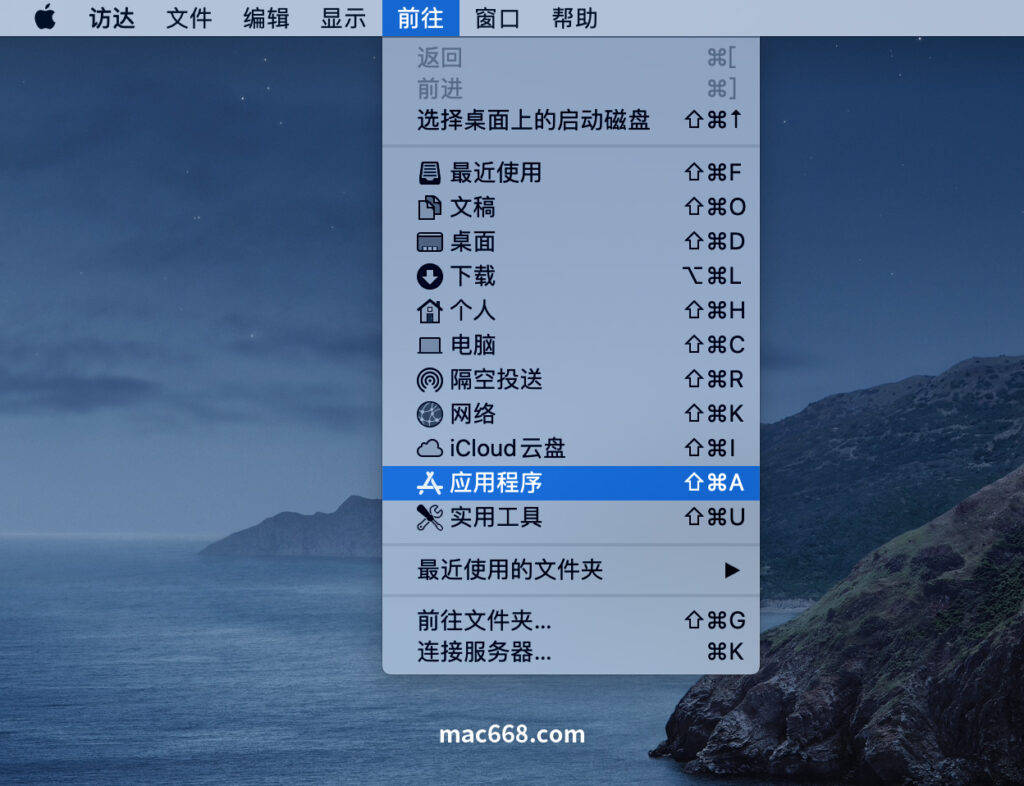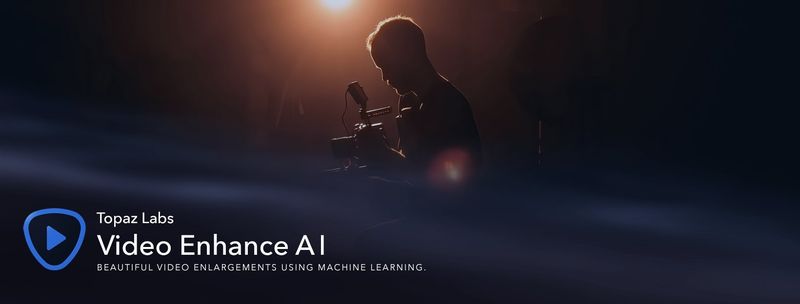

It's a single frame error that can be fixed in Photoshop or a video editing application as desired. It is also present on the PAL version of the DVD. The black flash you'll see on the bottom of the saucer section in all clips when the ship is pierced by phaser fire is baked into the NTSC source. The net positives across an entire episode substantially outweigh the negatives.

It also repairs the multi-frame interlacing error just after the destroyed starship spirals towards the camera. My current workflow does not perfectly preserve all particle effects and it slightly darkens background stars, but it yields better, sharper ship details with less aliasing and noise. I realize you did not ask for this footage, but I wanted to illustrate how much better Topaz output is if appropriately pre-processed and assembled. The combined video was then run through Topaz's strong DeHalo filter at 100% size (meaning, no upscale) for just a bit of final post-processing. This file is a combination of pre-processed Gaia-CG 1.5.3 and pre-processed Artemis High Quality, with the AHQ footage overlaid on top of the GCG footage and blended together. I have also included my own tuned output below for the same clip. They're actively working to improve it, but it can't be used yet. It has a model, Dione, which can convert a 29.97 fps M2V to 60 fps, but Dione makes the stars flicker and it causes deinterlacing artifacts. AviSynth (or VapourSynth) is essential to this process. In order to avoid this across an entire episode, the episodes must be converted to CFR. Because Deep Space Nine and Voyager are both variable frame rate shows, Topaz does not understand the frame rate to set when one loads the entire M2V or MakeMKV-derived file into the application. One of the reasons I started using AviSynth was to repair those errors. You will notice deinterlacing errors in both of these upscaled M2V files because those errors are present and visible in the source DVD. It introduces very few problems and the problems it causes tend to be subtle.Īrtemis HQ (left) does a much better job than Gaia-CG (right). It doesn't offer the best achievable output, but it also doesn't break anything. It is not as sharp as Gaia-CG, but it also less prone to leaving odd noise in a scene. This file was not pre-processed, so noise is immediately visible on the lower saucer section of the foreground ship.Īrtemis High Quality (Topaz 2.3.0): Artemis-HQ is the rendering model I recommended readers use as part of my upscaling articles on Deep Space Nine. If given appropriately processed material, this upscaling model produces the best output in CGI scenes of anything Topaz has produced. It performs poorly on the M2V file if the output is not processed first. Gaia-CG (Topaz 1.5.3): This is an old version of Topaz from last September. Typically, content from these shows is always run through AviSynth or VapourSynth before upscaling to perform an IVTC + additional processing.

All of my comments below regarding "best" output or the way various models treat content should be understood to refer only to Star Trek Deep Space Nine and Star Trek Voyager. Here is the SFE-Complete clip I uploaded previously, run through two different Topaz Models.


 0 kommentar(er)
0 kommentar(er)
